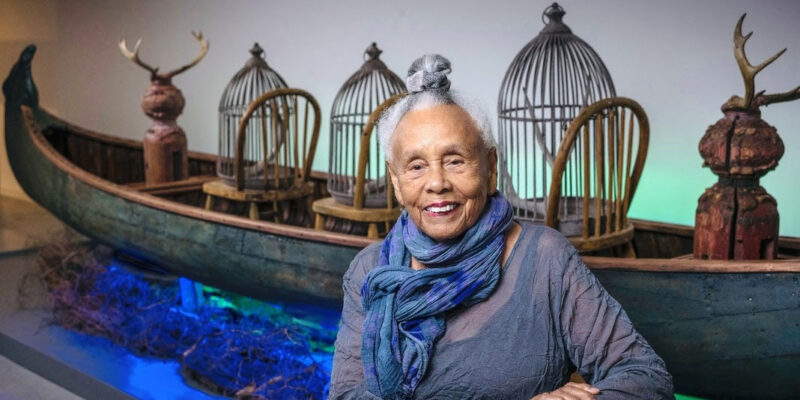
Alex Greenberger, ARTnews. In February, nine curators received handwritten letters from the artist Betye Saar, who turned 99. A legendary artist known for her assemblages attesting to histories of racism and survival in the face of it, Saar thanked the curators for their engagement with her work, then asked if they would help her look forward by helping create a “resource for future generations—curators, researchers, writers, and art historians—helping them connect with the heart of my practice.”
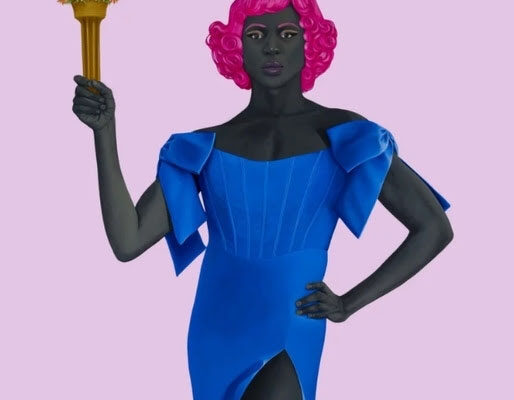
Elizabeth Blair, NPR. Artist Amy Sherald is canceling an upcoming show of her work at the Smithsonian’s National Portrait Gallery. Sherald’s boldly colored portraits documenting the African American experience have graced magazine covers.
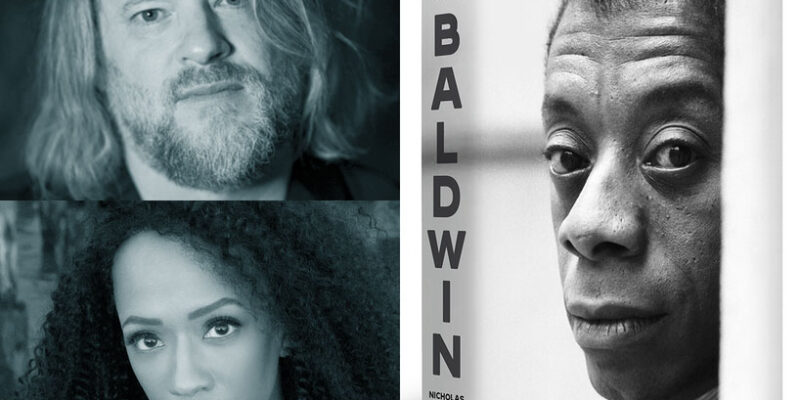
McNally Jackson. Baldwin: A Love Story, the first major biography of James Baldwin in three decades, reveals how profoundly the writer’s personal relationships shaped his life and work. Baldwin: A Love Story follows the writer’s creative journey between Harlem, Paris, Switzerland, the southern United States, Istanbul, Africa, the South of France, and beyond.
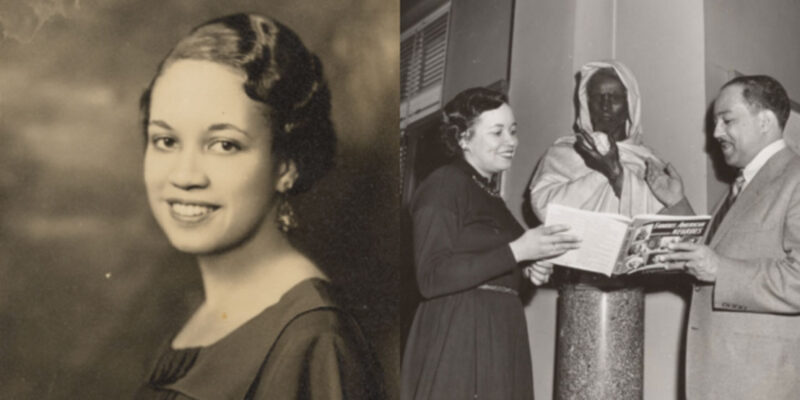
September 8, 7PM, Schomburg Center. Join the Schomburg Center for their inaugural Jean Blackwell Hutson Lecture and Award in September. This award commemorates former Chief Librarian of the Schomburg Center, Jean Blackwell Hutson, for whom the Center’s research and reference division was named.

Review by Alisa Prince, Boston Art Review. At the Ethelbert Cooper Gallery, the exhibition, co-curated by Dr. Deborah Willis and Dr. Cheryl Finley presents memory as both a method and mandate for liberation, tracing the afterlives of history through photography, film, and archival intervention. Free as they want to be: Artists Committed to Memory is a traveling exhibition that was first on view at Clark Atlanta University Art Museum.

The Gordon Parks Foundation. Devin Allen first rose to fame in 2015, when his photograph of the Baltimore uprising that followed the death of Freddie Gray at the hands of police was published on the cover of Time magazine. Since then Allen has continued to photograph the fight for social justice in his hometown of Baltimore, creating work that is not only a tribute to Black resistance but also a celebration of his community.

Blog/News, AUTOGRAPH. Inspired by the notion of A Thousand Small Stories, the title of Eileen Perrier’s current exhibition at Autograph, we’re inviting you to join the storytelling process by sending us your image(s) and a short text caption that considers the diasporic experience.
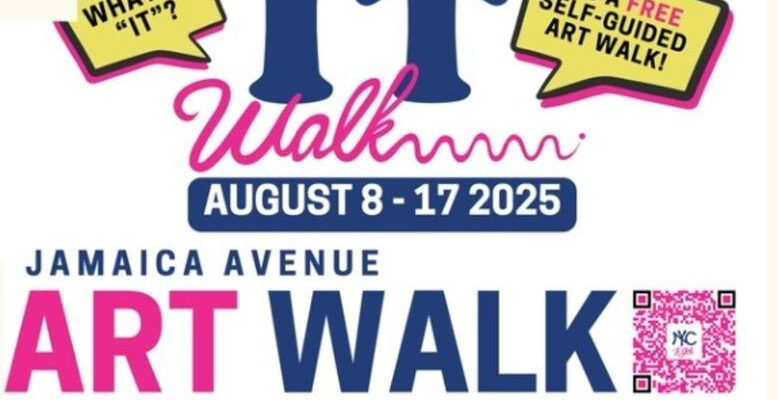
Friday, August 8th – Sunday, August 17th The week long free self-guided art walk will take place in the borough of Queens, NY in the neighborhood of Jamaica, on Jamaica Avenue from 146th Street to 171st Street. The walk will showcase unique art and culture that, unfortunately, goes unnoticed by New Yorkers and visitors due to its location.
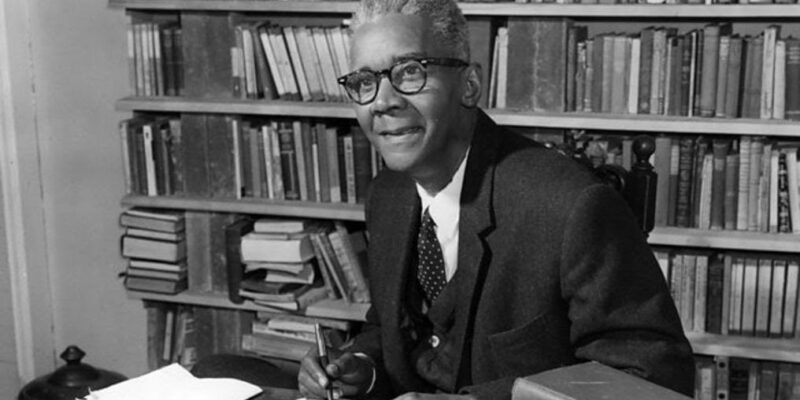
by AAIHS Editors. The African American Intellectual History Society (AAIHS) is now accepting submissions for the 2026 C.L.R. James Research Fellowship to support research towards the completion of a dissertation or publication of a book.
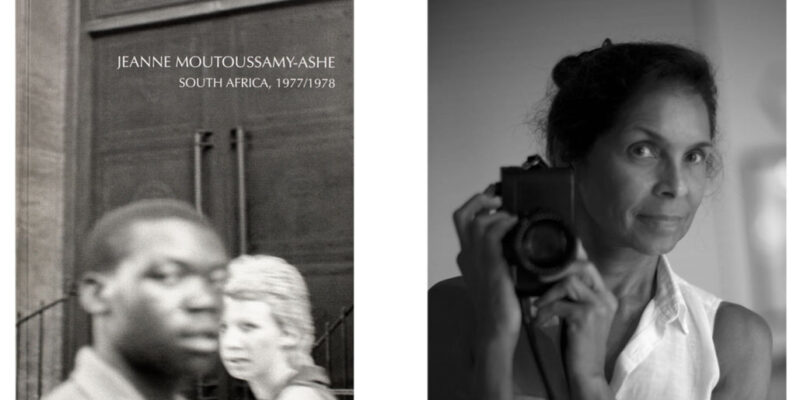
THE GORDON PARKS FOUNDATION / STEIDL BOOK PRIZE NOW AVAILABLE. Through photography, writing, and activism, Jeanne Moutoussamy-Ashe transforms the intensely personal into a broader meditation about contemporary society and politics. Raised on the South Side of Chicago in the 1950s and 1960s, her understanding of race and class was shaped by the city’s systemic discriminatory practices.


